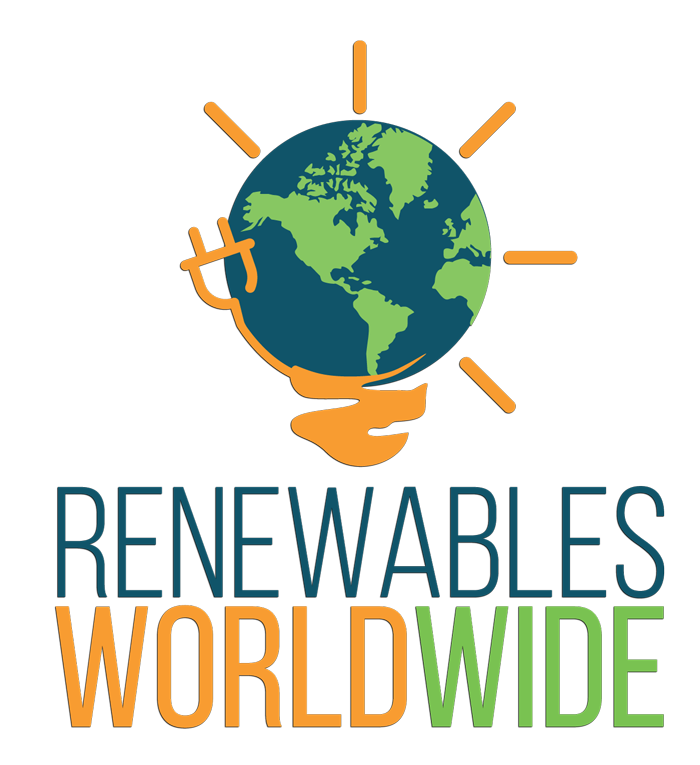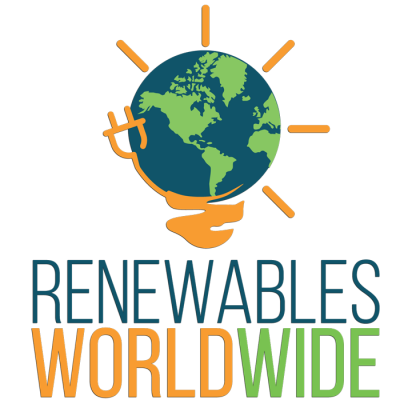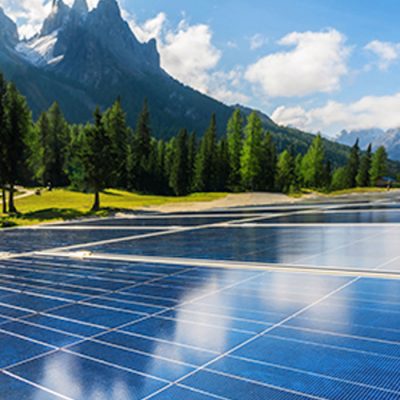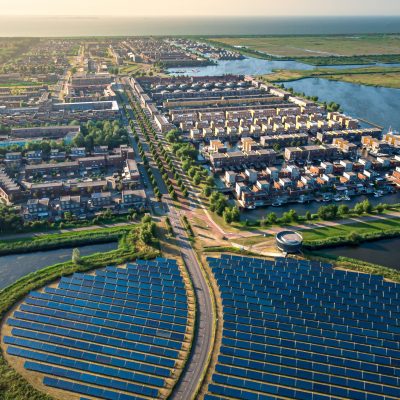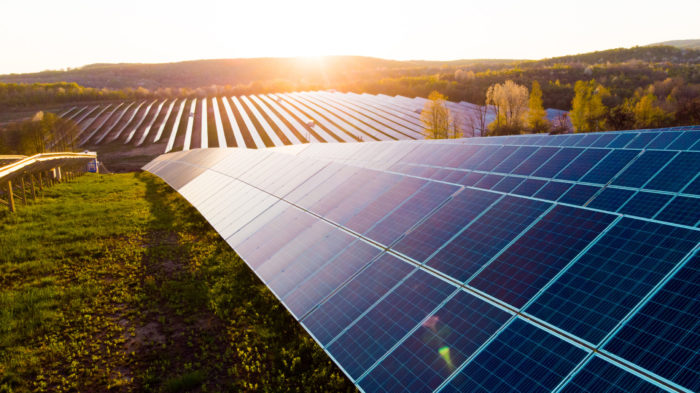
Our Experts Offer an Inside Look into Different Solar Farms
The conversation surrounding renewable energy has been ramping up recently. And solar farms are right at the center of it. Homes and businesses can install solar panels to save energy costs and help the environment. Solar farms have been popping up all over the United States, and Renewables Worldwide is contributing to the movement through community solar.
Here’s a brief explanation of how solar farms work and how community solar makes renewable energy accessible to homeowners and businesses.
Utility-Scale Solar Farming
Although we’re focused on community solar, it’s important first to understand how a utility-scale solar farm works. A utility-scale farm contains hundreds of thousands—sometimes millions—of solar panels and stretches for miles. The panels in a utility-scale solar farm are ground-mounted and grouped. These solar farms belong to the utility company or a private company that sells the electricity produced to the utility company. High-voltage power lines connect the solar farm to the power grid.
These solar farms usually operate on power purchase agreements. Businesses and companies agree to buy a set amount of energy from the solar farm. The energy produced by a utility-scale solar farm can travel for miles before it reaches the locations that it powers.
Community Solar Farms
Our team is proud to serve multiple communities with solar farms. A community solar farm differs from a utility-scale solar farm in its size and its operation. It consists of multiple subscribers who either own or subscribe to the solar farm. Each customer, whether business or residential, buys into the solar farm, which feeds into the larger grid. The utility company adjusts the customers’ energy bills based on the energy savings that their portion of the community solar farm produces.
A community solar farm typically powers a smaller local area or neighborhood. Since the power from a community solar farm is distributed to homes and businesses within a close range, they are less likely to lose power if the grid goes down. Some states put limits on the size of a community solar farm. They do so by either limiting the maximum kilowatt output or by putting a cap on the number of residents or businesses that can join a community solar farm project.
